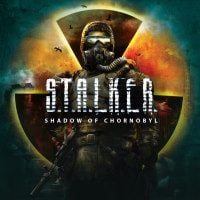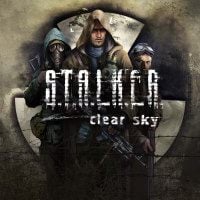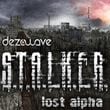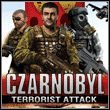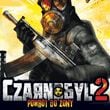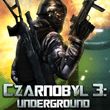Stay out of my Zone, Stalker – the Chernobyl disaster in video games
Chernobyl, and specifically the so-called Zone surrounding the nuclear power plant where the incident took place on April 26, 1986, was a subject of numerous more or less believable narratives throughout the last 30 years, inspiring game devs as well.
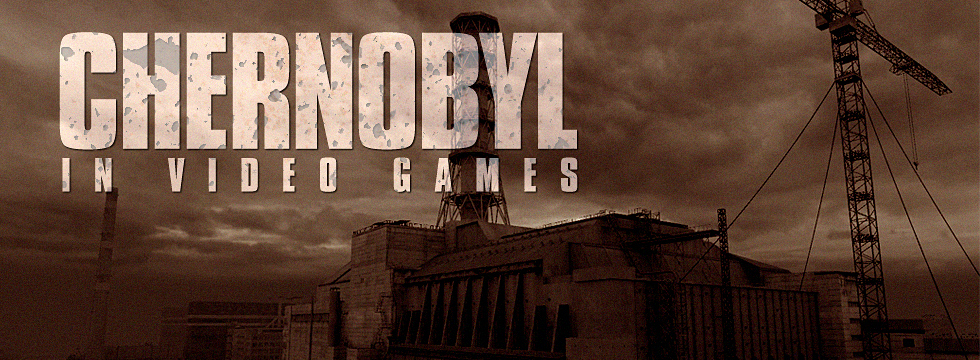
The Chernobyl disaster is an event that will probably trigger a completely different reaction in different groups of people. Those who were brought up in Eastern Europe before the perestroika most likely remember how liquid iodine (Lugol's Solution) was distributed among the citizens and how the governments tried, rather clumsily, to cover up the whole thing. For the younger generations it is probably just another tragedy known only from history lessons and TV news. This is because each time a nuclear power plant acts out somewhere in the world, everyone’s greatest fear is that it might be "Chernobyl all over again". It’s one of the events that became a symbol of the closing years of the Cold War and the impending dissolution of the Soviet Union. For gamers, however, it has an additional meaning – and the 30th anniversary of the disaster is the perfect excuse for a trip down the memory lane.
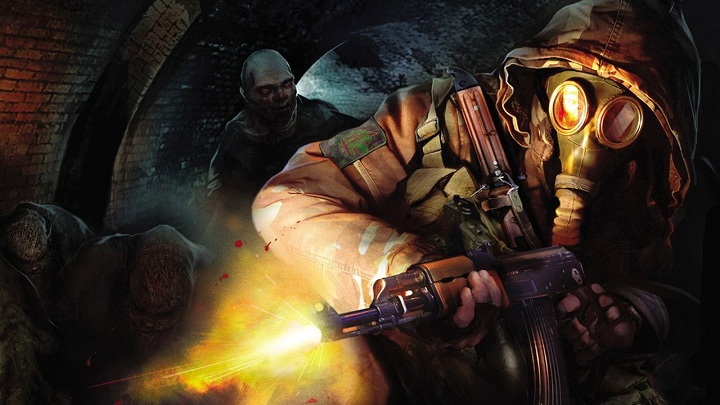
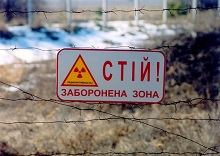
Trips to the Zone are becoming increasingly popular among tourists. Sometimes they get so carried away that they swipe strongly irradiated objects left behind by the residents. However, there's a large group of young people, sometimes as young as teenagers, living in Ukraine, that can be called true stalkers. They enter the area around the plant illegally, alone or in small crews, and usually under the cover of night. What they are looking for, however, are not artifacts, but adrenaline – a lonely visit to Pripyat is supposedly as traumatic an experience as it is unforgettable.
Anyone who wasn't born yesterday has an inkling of what happened on April 26, 1986. At night, during an experiment testing the ability to produce electricity for the reactor's cooling systems under power failure, two explosions shook the site, completely destroying one of the buildings of the Chernobyl nuclear power plant. The explosions were caused by catastrophic negligence during the preparation of the test, poor safety culture, and flaws in the reactor's design. A disastrous containment plan was implemented in hopes of limiting the damage: the first firefighters who arrived on scene entered the power plant virtually unprotected and many of them received a lethal dose of radiation in span of several minutes. The next morning, the nearby city of Pripyat was hastily evacuated after some of its residents reported cases of severe headaches and vomiting. In Poland, the concentration of radioactive isotopes was so high that – due to the initial information blockade – people suspected that a nuclear attack had taken place.
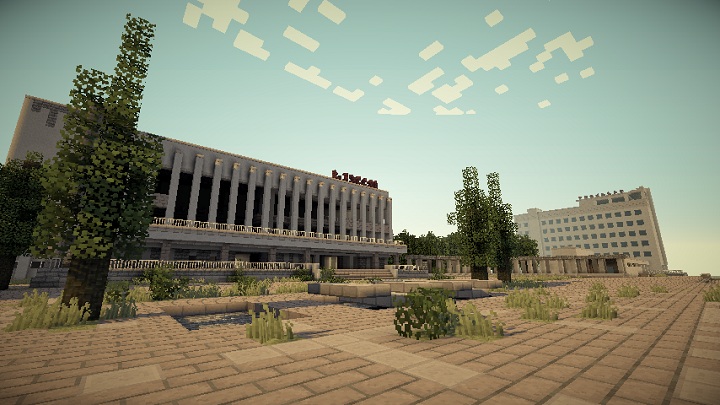
A catastrophe of such an unprecedented scale not only terrified people, but also kindled their imagination. Many people firmly believed that the children of people who happened to be in the contaminated area were later born with horrific mutations. There was some truth to this, as the descendants of firefighters sent to Chernobyl experienced unusually frequent DNA anomalies, but the stories about people growing additional limbs or being born with two heads should be taken, if at all, with a bucket of salt. Digital entertainment, however, eagerly seized on this topic, employing irradiated mutants as regulars in a number of stories featuring nuclear catastrophes. The enclosed zone itself became a source of inspiration for post-apocalyptic titles. The deserted city of Pripyat, where the aura of tragedy and anxiety continues to rise even now, is especially alluring and appeals to the imagination of game developers.
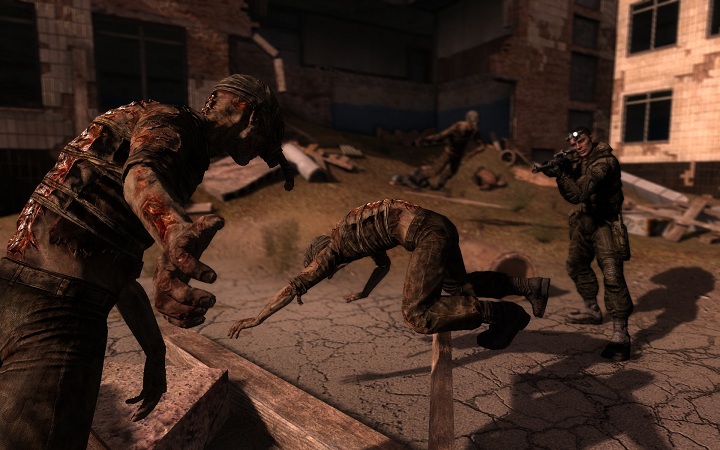
No wonder then that there's no shortage of interactive productions touching upon the subject of Chernobyl, and we can find both more and less successful games among them. A good example of the latter is the Chernobyl series, its three parts having been produced by Polish studio Silden. Launched in 2011, the franchise utterly failed to capitalize on the potential and possibilities offered by the Zone, confining itself to a simple – not to say simplistic – shooter form in which we mowed down terrorists and criminals who just happened to be hiding near said power plant. This is a perfect example of a game that can be found in a “90% discount” box mere days after release. Nevertheless, Silden's official website claims that the game sold quite well. At least in Russia...
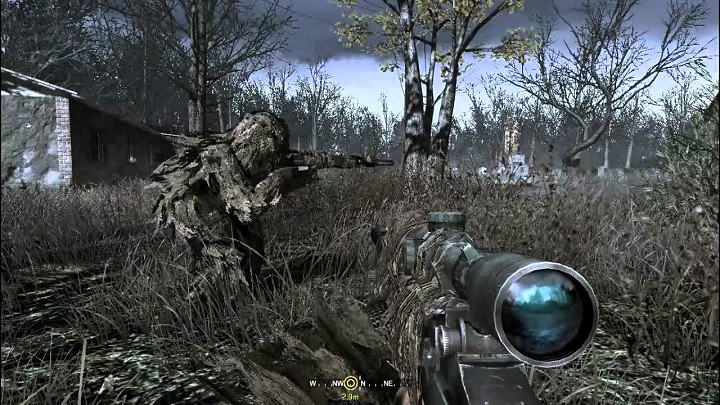
Fortunately, other productions fared much better in recreating the distinctive atmosphere of the Zone, if only for a single mission. The area around the power plant is the setting of one of the best, if not the best stage in the Call of Duty franchise – "All Ghillied Up". In the fourth part of the popular series we venture into Pripyat, playing as the young captain (then lieutenant) Price, to carry out an assassination on the game's future main antagonist. Bleak, gray landscapes, squeezing in between enemy patrols and avoiding high-radiation zones, several high-tension sequences, and finally entering the ghost town itself – the climate of this mission was unparalleled, and supplemented by a rare (for a Call of Duty game) sense of freedom. While "All Ghillied Up" was designed as a quasi-stealth mission, it was also possible to complete it by killing everyone in our path. The combination of all these elements gave us an absolute classic, and the atmosphere of the Zone itself has contributed to it significantly.
However, neither the cheap, bug-ridden shooters, nor the phenomenal individual stages in military FPS games managed to reflect the Zone's unique climate as accurately as the S.T.A.L.K.E.R. franchise did. We had to wait some time before it was released: GSC Game World first presented the project in 2001 and announced that the game would be released two years later. As it eventually turned out, the developer failed to meet the initial release term, and the production underwent some significant changes: the option of traveling by vehicles was removed, some locations were reduced in size or even completely cut, and some factions disappeared. More and more fresh materials found their way to the press, with the devs constantly assuring the public that the game was about to be finished; ultimately, it wasn't out until March 2007. During that time many players lost hope that they would ever visit the virtual versions of Pripyat, the Red Forest, or the power plant itself. Others predicted that, after such a long development cycle, the game would be a complete failure overflowing with bugs and glitches.
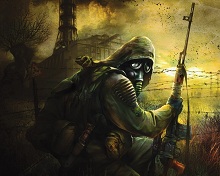
The name of the GSC Game World's franchise is not accidental. "Stalker" was a moniker for a person who would trespass in the enclosed zone after the disaster, ransacking the area for everything they could take; even things like manhole covers! There is even more to this word's story. In the novel Roadside Picnic by the Strugatsky brothers, an important source of inspiration for the devs, such was the nickname of the daredevils who ventured into the landing zones of an alien civilization and returned with strange artifacts. According to some sources, it is also an acronym for the words Scavengers, Trespassers, Adventurers, Loners, Killers, Explorers, and Robbers.
As it turned out, there was some truth in the accusations, because S.T.A.L.K.E.R.: Shadow of Chernobyl definitely wasn't a polished production when it came out. Issues glared out from every nook and cranny – from "raging" character models, through NPC getting stuck on the walls, to texture clipping; such things are well known to all players who managed to survive more than 15 minutes in the virtual Zone. But the bugs couldn’t overshadow what the FPS from GSC Game World managed to nail flawlessly. The atmosphere of the Zone, where another explosion took place in 2006, stands out even today as a shining example for hundreds of other developers. The gloomy atmosphere of constant danger affected the player on a subconscious level. Every noise from either the Geiger counter or the anomaly detector would make the player stop dead in their tracks and holding their breath in front of the screen. Venturing in search of the artifacts at night was a simple way to get yourself a cardiac arrest: those of us who at least once happened to check behind their back after hearing a noise in the grass only to see an incoming snork know what I mean. The game's high difficulty level was another thing that added to the atmosphere, rewarding each player that would recklessly throw themselves, armed only with a simple Kalashnikov, into a herd of leeches with a quick and spectacular death.
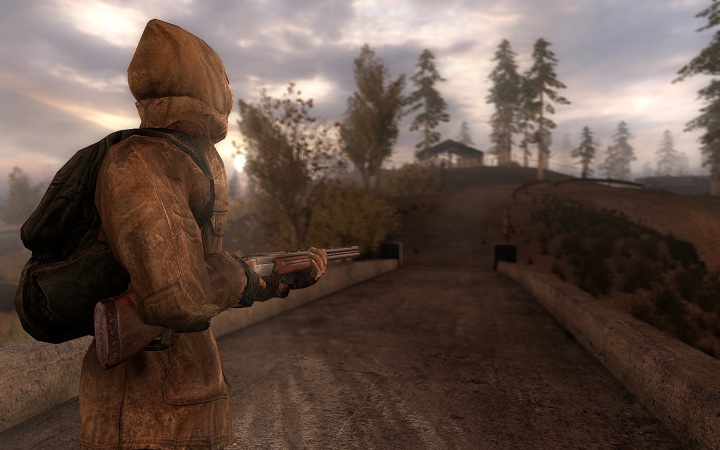
S.T.A.L.K.E.R.: Shadow of Chernobyl, and its two follow-ups, Clear Sky and Call of Pripyat, weren’t big commercial hits, even though they sold really well. To this day, many players regard them as iconic productions. Even with all its faults, traversing the Zone, filled to the brim with horrific mutants, bandits, mysterious artifacts, and lethal anomalies, was an absolutely unforgettable experience. It is no wonder that the series quickly became an inspiration for other developers in the region. 4A Games came to be known for the Metro series, which, particularly in terms of atmosphere, resembled S.T.A.L.K.E.R. Vostok Games, a studio founded after GSC Game World became inactive, made its debut with Survarium, focusing their post-apocalyptic atmosphere on online experience and even setting one of the maps in the vicinity of the power plant... An interesting case is also 2014's Lost Alpha, a standalone mod to Shadow of Chernobyl, the aiming to recreate the prototype version of the game, adding things like the option to travel by vehicles and expanding the map.
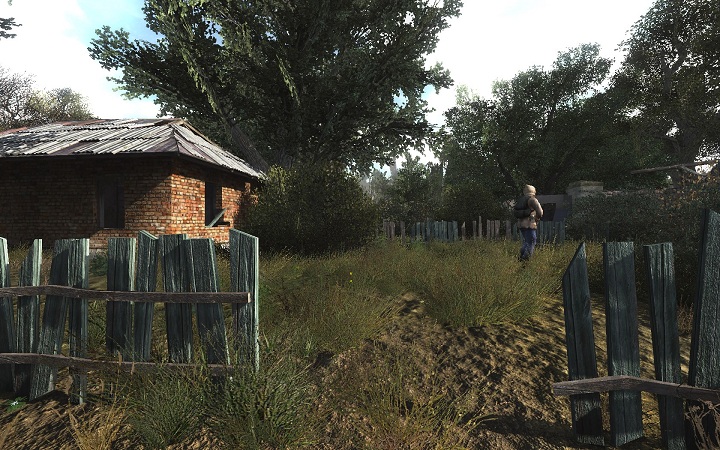
The chances for a full-fledged sequel, however, are rather slim: after GSC Game World closed in 2011, the project was put on hold despite the fact that, according to the developers, it was almost complete at that point. Admittedly, the "resurrection" of the Ukrainian studio at the end of 2014 brings hope for seeing S.T.A.L.K.E.R. 2 eventually, but it is highly unlikely that any information concerning the sequel will surface in the near future. But this does not mean that Chernobyl has been abandoned. A Polish studio, The Farm 51 (NecroVision, Deadfall Adventures), has just announced that Ukraine will see the world premiere of Chernobyl VR – an application that can take players on a trip to the Zone in virtual reality, without the need to expose the visitor to radiation. The Zone has been mapped and recreated as accurately as possible, using manually created models, three-dimensional scanning images and stereoscopic movies. Unfortunately (or fortunately), this project most likely won’t include fighting mutants and throwing screws into anomalies. One more title among S.T.A.L.K.E.R.-wannabes that is worth mentioning is Escape from Tarkov, an online FPS developed by a team composed, among others, of the former employees of GSC Game World. Comparisons to Shadow of Chernobyl and its continuation stem from a grim atmosphere of a world where the sad reality is nothing but the result of human actions.
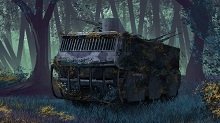
The spiritual heirs to S.T.A.L.K.E.R. were numerous, but none of them could possibly boast such a story as Areal. It started normal enough: Ukrainian studio West Games launched a Kickstarter campaign for a game that aimed to combine the atmosphere of the GSC Game World's production and the latest technology. Interestingly, the developers asked for only $ 50,000 – a very modest amount of money, especially for such an ambitious project. It soon became apparent that most of the concept art had been "borrowed" from a variety of sources, and the creators themselves did a lot themselves to help the campaign achieve its objective. Lickily for all those who have invested in the title, Kickstarter cancelled the campaign before it was due, and the money was returned to the players.
All of the aforementioned titles (except for Call of Duty 4: Modern Warfare) have one thing in common: they were created exclusively by developers from the former Eastern bloc. What is the reason behind the indifference of Western developers to this topic? It's hard to say. Maybe they are reluctant to use such a tragic event for purely entertainment-oriented purposes, or perhaps the disaster from 1986 is simply not interesting enough for them to serve as a background. Or maybe they realize that no one except creators from former socialist countries is able to vividly recreate that climate of constant tension and danger lurking in every corner. Whatever the reason, Chernobyl still hides a lot of potential, just waiting for sufficiently talented developers. As the Zone is becoming more open to tourists, it is not difficult to imagine that more and more game developers will begin visiting those areas to draw inspiration from the desolate Pripyat or the haunting Red Forest. I must admit that I am very curious as to what could be born from that inspiration.

